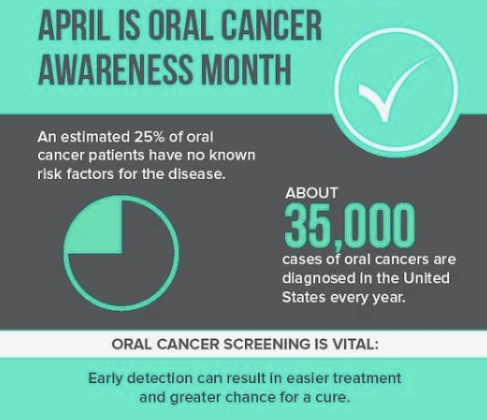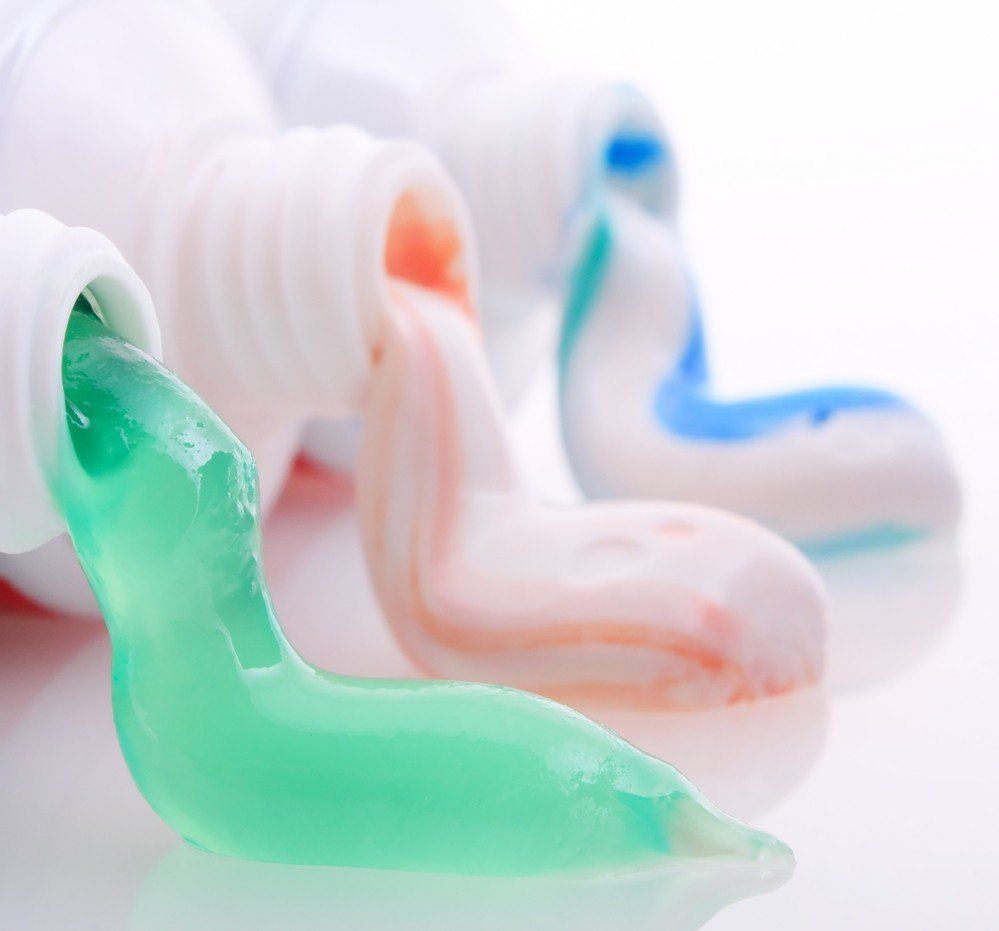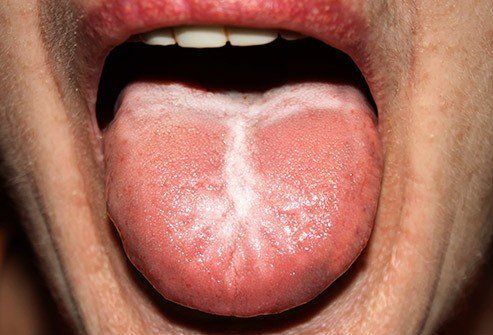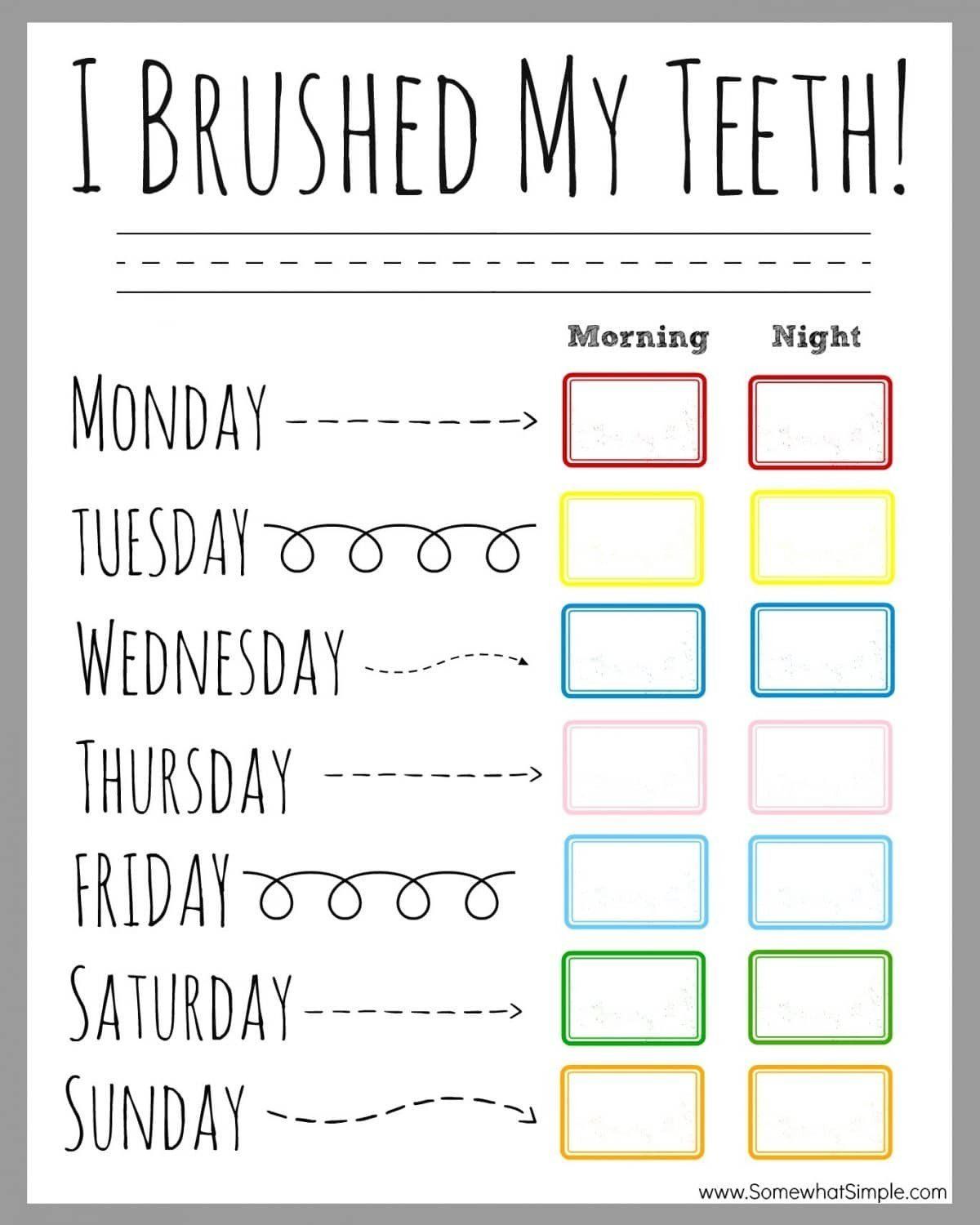Summer’s Most Damaging Foods and Drinks
- By Joel Snyder
- •
- 13 Sep, 2016
- •
In the summer months, many of us make an effort to get in shape, but have you spared a thought for your teeth? Many of the summer treats we love to indulge in are actually very damaging to our teeth and gums.
Elleven Dental’s Dr Sameer Patel has revealed some of the worst offenders and offered the public some tips to help them keep dental dramas at bay this summer. Drinking is a good place to start, as many of the summer staples spell disaster for our teeth. Tropical cocktails are packed with sugary mixers and acidic juices that weaken the enamel coating. If you are drinking cocktails, use a straw, drink water between sips and try to resist eating any fresh fruit adornments.
Many of us like to cool down with an ice cream in the heat. While ice cream contains calcium, which is good for your teeth and bones, it also tends to have high sugar content, especially when you add sauce and sprinkles. Try and make sure you eat ice cream directly after a meal and gargle with water afterwards. This helps to reduce acidity in the mouth and protect your enamel. On the subject of cooling down, iced frappuccinos are another favourite to try and avoid. Dr Patel warned consumers about the sugar content, which can be up to double the recommended daily allowance in some instances.
The advice from experts like Dr Patel is to bear your teeth in mind when you’re choosing summer snacks and beverages. If you are treating yourself to something sweet, avoid eating or drinking between meals and wait an hour to brush your teeth. Use a straw when you drink and always wash your mouth out with water after eating or drinking anything sugary or acidic.
Article Posted On: http://www.cosmeticdentistryguide.co.uk/news/london-dentist-reveals-summers-most-damaging-foods-and-...

Contact us!
https://www.fabuloussmilesdental.com/contact

ADA Approval
First, make sure you choose a product approved by the American Dental Association and displaying the seal on its packaging. There are plenty of fluoride-free, organic, and all natural options tested by the ADA for both safety and effectiveness at keeping the teeth clean. Products without these seals have not necessarily been tested for their claims and quality, so you’re gambling with the health of your mouth by using them.
Focus on Needs
Consider what your teeth need the most to choose a toothpaste with the right extras. Whitening toothpaste can’t always replace professional whitening from a dentist, but it does work to prevent surface stains that cause your white smile to lose its brightness after treatment. Most toothpastes tend to target one of more of the following conditions or needs:
- Sensitivity, in the gums and teeth, from mild to severe pain
- Fluoride products are essential for kids, adults who don’t get enough of it in their diet, and people with diabetes and many other conditions
- Anti-cavity, which most products cover but which should always be checked
- Anti-gingivitis, ranging from over the counter to prescription products for healthier gums.
Watch Out!
There are a few products you don’t want to use on your teeth, and they’re often sold as cosmetic products rather than medically tested toothpaste. Any whitening toothpaste with a very abrasive ingredient, ranging from natural walnut shell to plastic microbeads, can leave your teeth with enamel damage that is permanent and hard to treat. Activated charcoal powders can also discolor teeth along with eroding your enamel. Look for toothpaste products that reinforce enamel rather than damaging it.
Picking a Toothbrush
Of course, the toothpaste still needs to be applied to the teeth with the right tools to effectively protect you from cavities and gum disease. The wrong toothbrush can damage your enamel, scratch your gums, or fail to remove trapped food from between your molars. Only use soft bristled brushes unless given advice from your dentist to the contrary. For most people, stiff bristles are too hard for their gums. The tip of each bristle should be rounded and not pointed or square so that food debris and tartar comes loose with each sweep. Replace your brush every three months even if it still looks new and fresh since bacteria can build up over time.
Need more advice about what to do to take care of your teeth? Make an appointment with your dentist for a routine cleaning or a timely inspection. You can discuss your concerns without feeling rushed and determine if your current oral health practices are sufficient for keeping your smile bright, healthy, and strong.

Creamy white spots could be thrush, a fungal infection (shown below). It often happens after an illness or medications throw off the balance of bacteria in your mouth. White patches that look lacy could be lichen planus, which means your immune system is attacking the tissues in your mouth. If you see hard, flat, white areas that can’t be scraped away, it could be leukoplakia, which is linked to cancer. Let your dentist know about any white patches you see.


